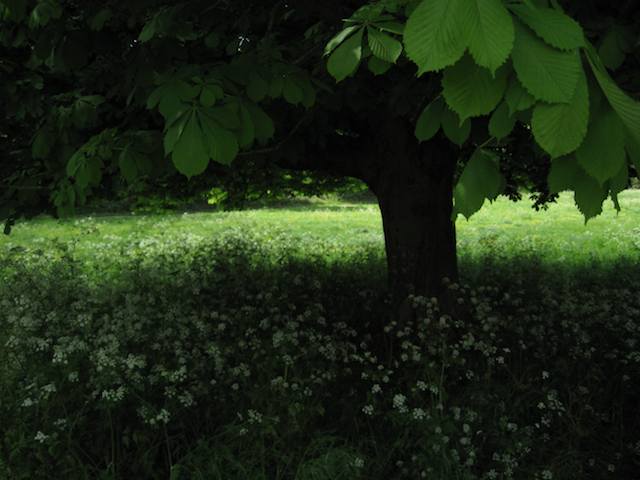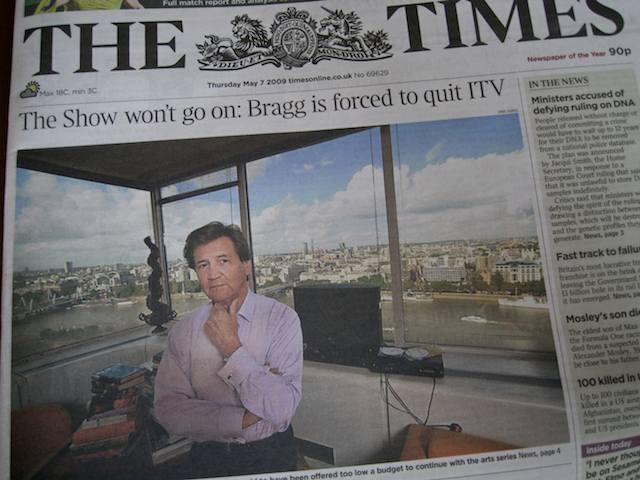
I spent today at an interesting symposium on ‘The Economic Crisis’. It was organised by my friend John Cornwell, held at Jesus College, Cambridge and funded by the Rustat Conference Fund. The format was a round-table discussion led by a series of experts. Invitees were described by the organisers as “people in the front line of politics, the City, business, industry, education and social services”. Today’s line-up included the CEO of a Very Large supermarket chain, a handful of professors, a brace of top London lawyers, some investment bankers, senior partners from the global consultancy firms, bank regulators, a former Cabinet minister, an MP who serves on the Treasury Select Committee, the head of a leading economic think-tank, a famous economic commentator from a certain pink newspaper, a few private equity investors, a former Cabinet Secretary, the London correspondent of a leading German magazine, the editor of a weekend magazine — and yours truly. The entire event was held under Chatham House rules, which mean that one can report what was said but not who said it.
I found it an absorbing but troubling day. Early in the proceedings, it became clear that the world now faces a choice — described by one participant as “optimism of the will versus pessimism of the intellect”. That is to say, if you think hard enough about the crisis, and know enough about it, then you are bound to be pessimistic; and the only way to be optimistic is to be determinedly so and whistle cheerfully to keep your spirits up.
Reflecting on the day afterwards, here are the points that stood out for me:
China, China, China. Impossible to over-estimate the importance of China over the next two decades. The Chinese are already a dominant force in globalisation. The huge trade surpluses accumulated through Chinese exports over the last decade and a half were an important contributory factor to the financial bubble which has now collapsed. But — as one expert put it — “China has been made anew”. And although the Chinese face acute problems as a result of the recession, they are in a far better position to weather the storm. And they will not tolerate a return to the status quo.
There was much talk about whether this will be a V-shaped recession (i.e. with a rapid bounce-back) or something longer and more problematic. But even if it is indeed V-shaped, there’s no possibility that we will return to the world as it was in 2006. Apart from anything else, the Chinese won’t permit it. And Western electorates won’t either — see later. So the wishful thinking of Gordon Brown & Co — and the bankers — is just that.
Brown & Co were lucky that the British banks that required bailing out were ones with a primarily UK focus. If it had been, say, HSBC — with its huge foreign presence — which had been enfeebled, it would have been politically impossible to provide UK taxpayers’ money to rescue foreign operations. As someone put it, “finance is global, but rescue packages have been national”. The Obama administration has already discovered this in connection with public resentment of the bailout of Citigroup.
The need for theory. Various experts pointed out that the economic theory which underpinned the fantasies that only ‘light regulation’ was needed were all based on models of risk-management and risk-pricing that turned out to be wrong. But we are now trying to rethink regulation in the absence of a workable theory of management and pricing. As a result, the new regulatory regimes — whatever they turn out to be — are likely to be ad-hoc and theory-free. The danger is that they will be like building regulations — rules formulated to ensure that old errors do not happen again, but unable to protect us from dangers that haven’t occurred yet.
One thing that bothered me a lot was a perception that the experts who inhabit this rarefied world of international capital and regulation really have no idea of how ‘ordinary people — i.e. electors — are reacting to what has happened. They have no concept of how damaging this has been to the kind of trust that banking and democratic systems need if they are to function. There was one brilliant talk by a (continental) European academic about the likely impact of all this on European electorates. He predicts a radical upheaval as a result of the June 7 Euro elections. The post-election European parliament will, he says, be much more activist and leftist — and viscerally hostile to the Commission. He foresees significant social unrest across Europe in the Autumn. The sequence is: banking crisis –> economic crisis –> social unrest –> political unrest. He predicts political fragmentation in most European states, with governments formed from unstable coalitions, with this fragmentation leading to weak political leadership at just the time when strong leadership is necessary. He also detects very strong feelings across Europe that the banking crisis is not “our fault” — i.e. it’s the fault of Wall Street and Canary Wharf. I was very struck by his talk, because I’ve been wondering why more people are not concerned about the political impact of the crisis. I keep thinking about Weimar Germany and the rise of Nazism.
There was a lot of expert talk about regulatory regimes. But the thing that strikes me — speaking as an engineer — is that capitalism is an inherently unstable system. Over the last few decades — since the war — we have found ways of keeping it under some kind of control. But it continues to escape as its natural oscillatory mode breaks through. And as it get more complex, inter-related and information-rich it becomes harder and harder to control it. I kept thinking about Ross Ashby and the theory of requisite variety, which essentially says that if you want to be able to control something, then your regulatory apparatus has to be able to match the variety of the system. Our regulatory systems seem very inadequate and feeble and post-hoc. We’re basically “one club golfers”. Actually, watching central banks take interest rates down close to zero, we’re increasingly looking like zero-club golfers.
We’re also going to have to address the problem the UK has created by enabling Lloyds TSB to acquire such a dominant position in the UK banking market. Allowing it to take on HBOS was the kind of decision that would have been unthinkable without the panic induced by Northern Rock. But Lloyds’s position in banking makes Tesco look like a competitive underdog in retailing.
I tried to raise the issue of why our media proved so inadequate in warning the world about what was going on. But, interestingly, nobody — except another academic — seemed interested in exploring that question.
I came away with two resolutions: to read the Turner report; and to read Gillian Tett’s book on the origins of the crisis. I’ve had the latter on order from Amazon for days, but no sign of it yet. Bah!
LATER: Here’s what I love about the Web. In no time at all there were two tweets in my Twitterstream (from lorcanD and brianamc) pointing out (gently) something I hadn’t known — namely that the “pessimism of the intellect” phrase was from Gramsci. Sometimes my ignorance seems boundless.






